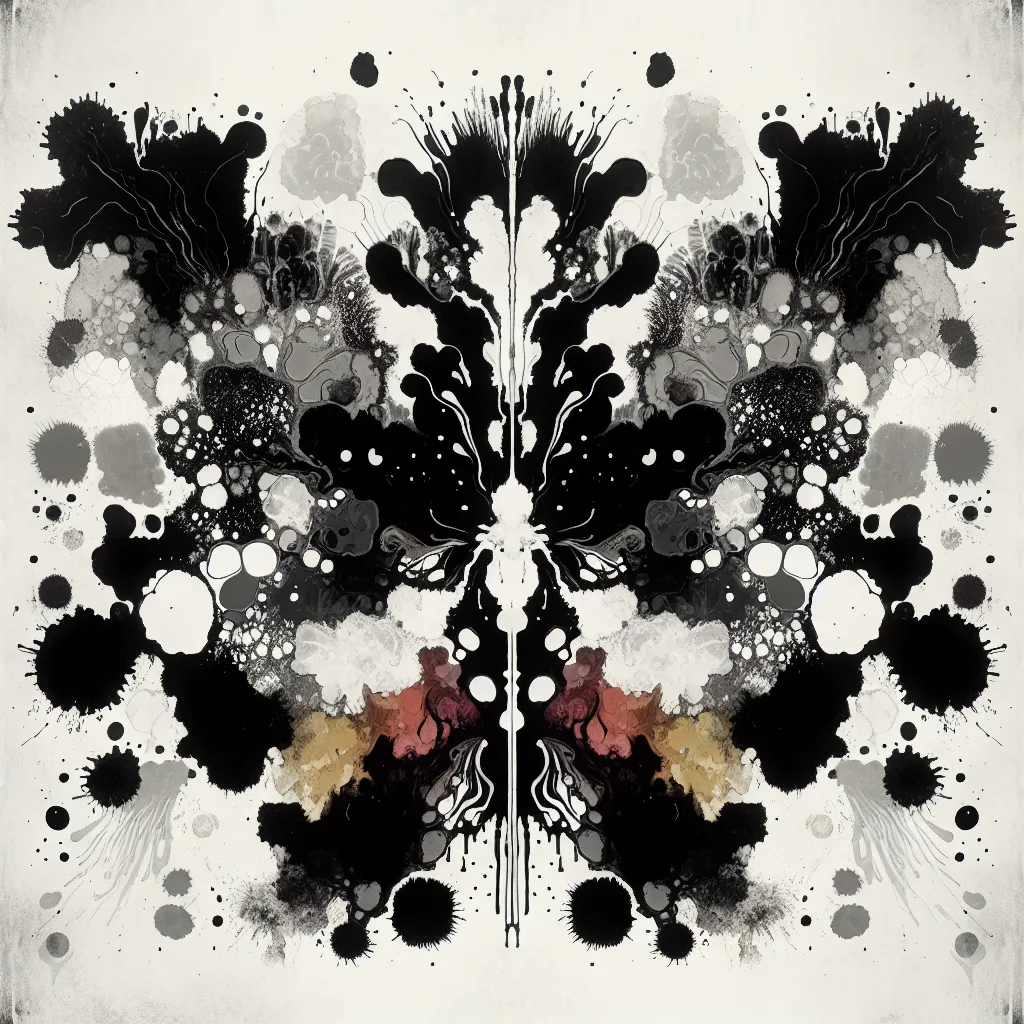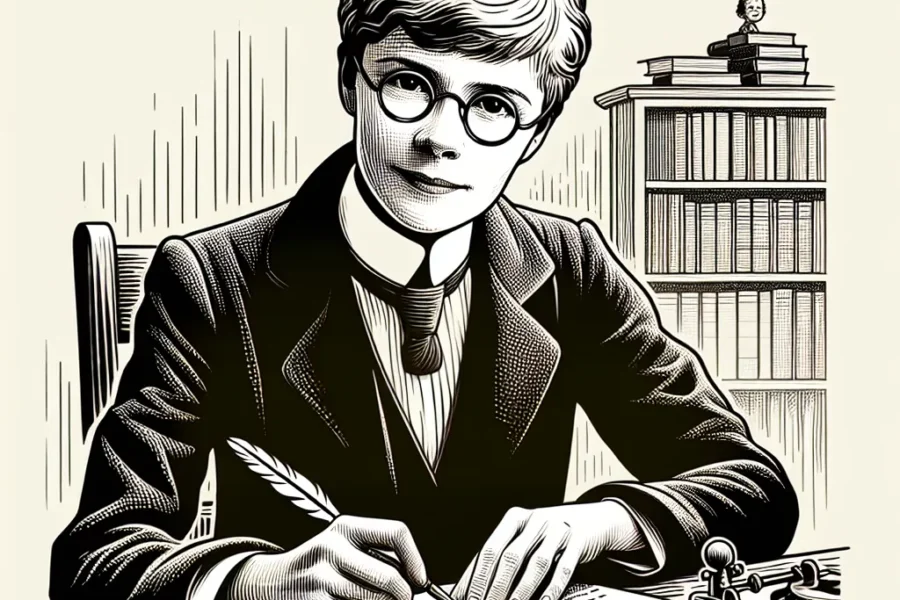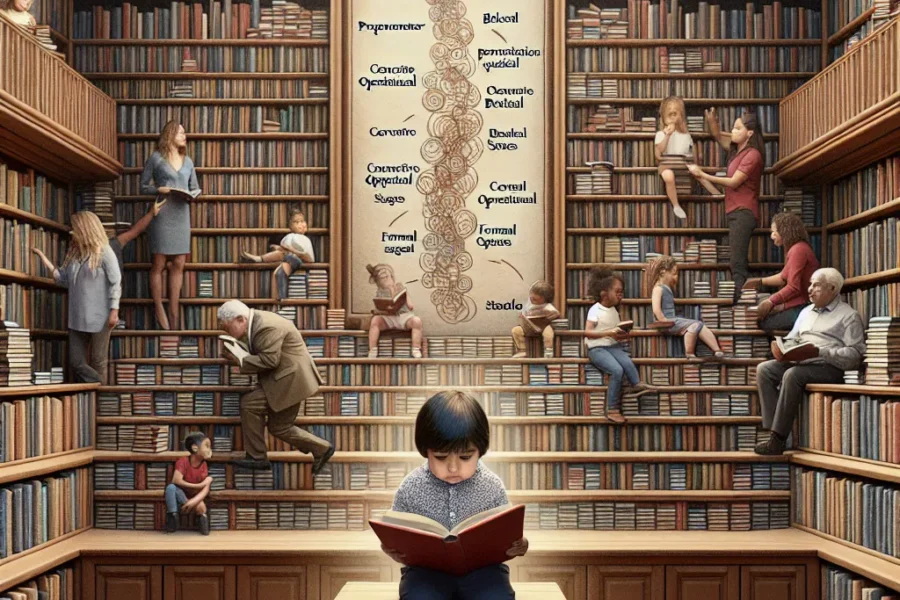Rorschach’s Inkblot Test: A Window into the Mind
Since its inception in the early 20th century, Rorschach’s Inkblot Test has intrigued both psychologists and the public alike. Named after its creator, Swiss psychologist Hermann Rorschach, this psychological test is a prime example of a projective test, designed to delve into the deepest recesses of the human psych. Over the years, it’s been widely regarded as a powerful tool for gaining insight into an individual’s personality structure and emotional functioning.
The Rorschach inkblot test is based on the concept of projection, the psychological phenomenon where individuals project their own unconscious thoughts and feelings onto ambiguous stimuli. In the case of Rorschach’s test, the ambiguous stimuli are ten standardized inkblots. These inkblots were carefully designed to be indistinct and open-ended, allowing for a myriad of possible interpretations.
The test proceeds in two phases: the response phase and the examination phase. In the response phase, individuals are shown the series of inkblots and asked what each one resembles or reminds them of. The test-taker’s responses can reflect their thought processes, emotional functioning, and sometimes, aspects of their personality. In the examination phase, the examiner digs deeper into the responses, often asking the test-taker to elaborate further on their answers.
Psychologists have found that the test can be applied in various contexts. One of its primary uses is in clinical assessment, where mental health professionals employ the Rorschach to evaluate psychological disorders and to gain a better understanding of a patient’s mental state. The test has also proven useful in forensic examinations, assessing an individual’s competency to stand trial or in understanding the motivations behind criminal behavior.
It’s important to note, however, that the interpretation of Rorschach inkblot responses is an intricate and skill-intensive process. Psychologists receive specialized training in a system known as the Exner system of scoring. Named after the late John Exner, who standardized the interpretation of the test in the 1960s, this comprehensive system provides guidelines for scoring and interpreting responses to the inkblots. Psychologists assess numerous aspects of the responses, including the content of what the individual sees in the blots, where they see it, and what features of the blot prompted each interpretation.
The inkblots themselves are composed of both black and white and colored inks, designed to trigger a vast array of psychological associations. Some people might see animals, others landscapes, while some might interpret the shapes as reflecting their feelings or past experiences. These interpretations are thought to symbolize underlying aspects of the individual’s personality, including how they deal with feelings, their coping skills, and even possible psychopathological issues.
Despite its longstanding use, Rorschach’s inkblot test has its share of critics. Some researchers challenge the validity and reliability of the test, suggesting that the interpretations are too subjective and can be influenced by the examiner’s biases. They argue that without a standardized method of interpretation, two psychologists might draw markedly different conclusions from the same set of responses.
However, proponents of the test believe that, when administered and interpreted correctly using a standardized system like the Exner system, Rorschach’s inkblot test can provide valuable insights that might not be accessible through other standardized tests or self-report measures. These can include aspects of an individual’s personality that are outside of their conscious awareness or that they might not be willing to disclose in a standard questionnaire.
Rorschach’s Inkblot Test remains an iconic tool in popular culture as well as in psychology. Its place in movies, books, and television often portrays a sense of mystery or depth, tapping into our intrinsic curiosity about the human mind. It’s not just a test but a symbol of the complex, often hidden, layers of personality and cognition that lie within all of us.
This enduring fascination with Rorschach’s Inkblot Test is also reflected in the digital age. The test has inspired online versions and countless discussions on social media platforms, where users share and analyze their own interpretations of the inkblots. While these unofficial versions cannot match the diagnostic utility of the actual psychological assessment, they underscore the widespread interest and allure that the test continues to hold.
In the field of psychology, ongoing research in areas such as neuropsychology and personality theory continues to explore the efficacy and applicability of the Rorschach test. Innovations in artificial intelligence and computational models also offer promising avenues for refining interpretation algorithms and potentially enhancing the test’s reliability and validity further.
To sum up, Rorschach’s Inkblot Test remains a significant psychoanalytical tool and is a testament to the complexity of human cognition and personality. While it remains a subject of debate within the psychological community, its capacity to serve as a window into the mind cannot be entirely dismissed. As Hermann Rorschach himself once said, “A new world is opened to us by each picture, insofar as it brings to light a new psychic phenomenon… the challenge of interpreting these phenomena.” Whether it’s through color, form, or movement, the Rorschach test continues to fascinate us with its unique insight into the human condition.



Leave a Comment